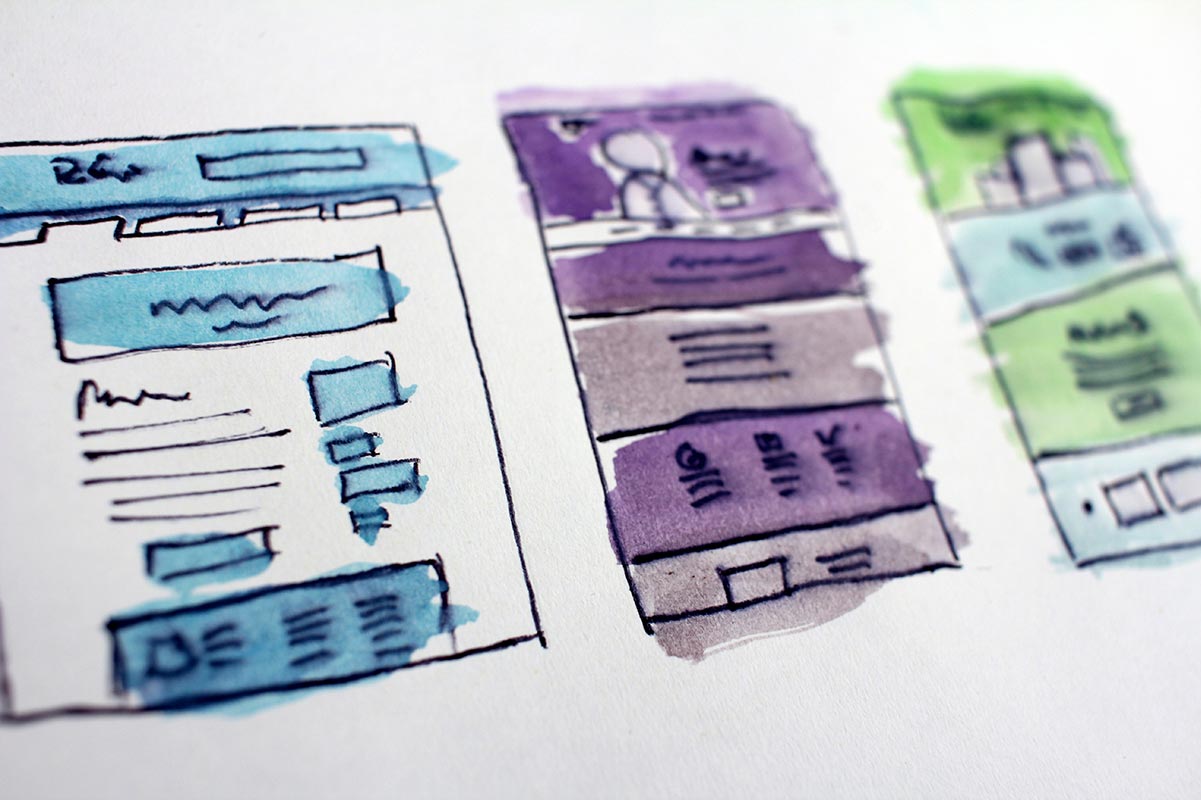In a recent article, we talked about the decision-simplicity index, and I received a few emails asking about clear pathways versus the old-school tactic of upselling via meandering paths. “Isn’t it better to encourage people to look around, so maybe they add more to the cart?” Before I answer, I will lead in with a story:
A few years back, our local grocery story undertook a massive internal refit. They blocked off a pathway by putting in extra shelving, forcing shoppers to go past a large number of products that they may have no interest in; where there had once been a shortcut from the entry doors to the aisles, the shop built big ol’ display units. They were nice looking display units, and they added space for more products, and they housed specials, but we shoppers were outraged! No lie, there was collective action to re-open the “gap”! In the end, the shop removed the shelves and we once again had a direct path to our shopping goals.
There’s a lot going on in this analogy, so bear with me as I oversimplify:
- The grocery store is your website. Aisles = navigation, products = content, time spent = engagement.
- There are two kinds of customers: those who want to meander and those who know exactly what they’ve come for. Meanderers spend time, shoppers “with intent” spend money.
- Most people who choose to shop online know what they want and are time-poor and content-overwhelmed.
Therefore, we can assume: if a customer visits our site knowing what they want, they want to spend money, not time. If we make them navigate through too much content, we may increase time spent on the site, but we won’t increase spend. In fact, over time, we will reduce lifetime value because that shopper will go somewhere that values their time.
How does this relate to your digital customer experience?
First, it forces us to confront the dreaded Vanity Metrics. Unless you are a content-producer (where you get paid on views and ‘likes’), engagement is just a feel-good metric. Engagement is awesome for social media! And if you are a wine blogger, then heck yeah you want people spending thirty minutes reading your content. But if your purpose is sales and service (which most winery sites are), you need to prioritize how quickly you can get a customer from entry to checkout. Open site, get to specific product, add to cart, checkout. Open site, ask question, find answer, move on. (Tech geekery: things that help make this possible are good analytics and a super search functionality on your site; supremely helpful is optimizing your site for voice search, but that’s a bigger kettle of fish than we have time for today.) I’m not saying you don’t want users to be able to meander; I’m saying that you don’t want to force users to meander.
Second, we must confront our compulsion to over-supply information. The grocery store realllly wanted us to see those products and specials, but we shoppers realllly weren’t interested. Wineries reallly want to share lots and lots of pictures of grapes, and tasting notes going back years, and reviews of every product ever, and and and. But what do your customers want? (If you haven’t ever gone through a customer persona/customer journey exercise, this is going to be hard to answer.) For every bit of content, ask “does this help my customer make a decision, or is it cognitive overload?” (Tech geekery: remove sidebars, widgets, pop ups, facebook and twitter feed embeds. You can use instagram, but only the pics, not captions. And if something hits a third-level menu, ask if you really need it.)
Finally, we must confront over-design. No, really, less is more. Just because you can have a slider, doesn’t mean you should. Choose wisely so that you may convey your brand message in one photo instead of three. Just because you can have half-a-dozen typefaces and colors, doesn’t mean you should. Too many design elements detract from what is important on the page. Website development, especially the DIY versions, enables us to add infinite visual choices to our websites, but this is anathema to conversion-driven design, it’s a killer to mobile-friendly sites, and it slows down your load speed. If you are creating your own site or working with an agency, keep in mind that people are bombarded by content and imagery. Of course you don’t want a barebones site, but I will tell you that minimalist sites with good conversion practices outsell pretty sites that overwhelm users.
